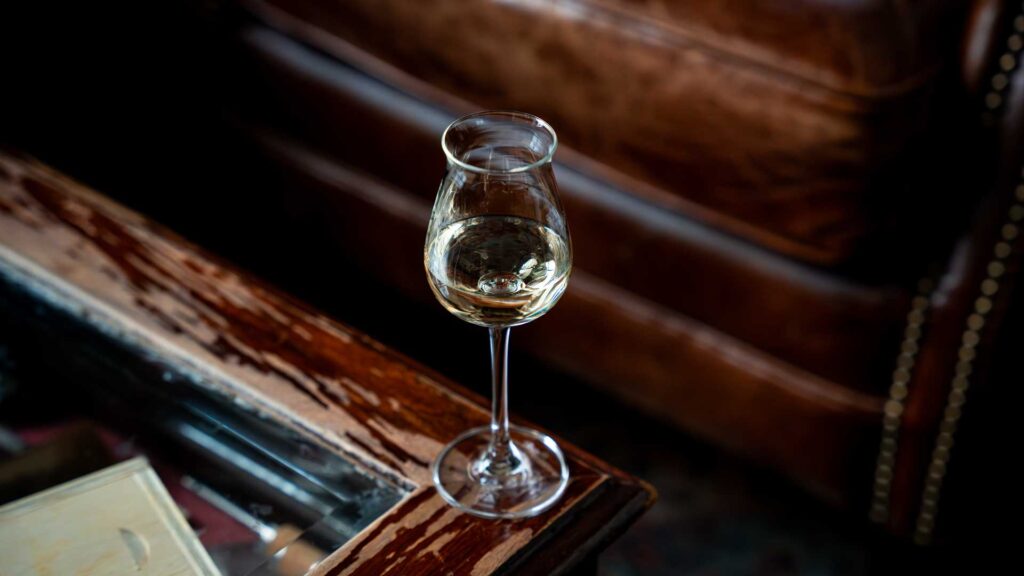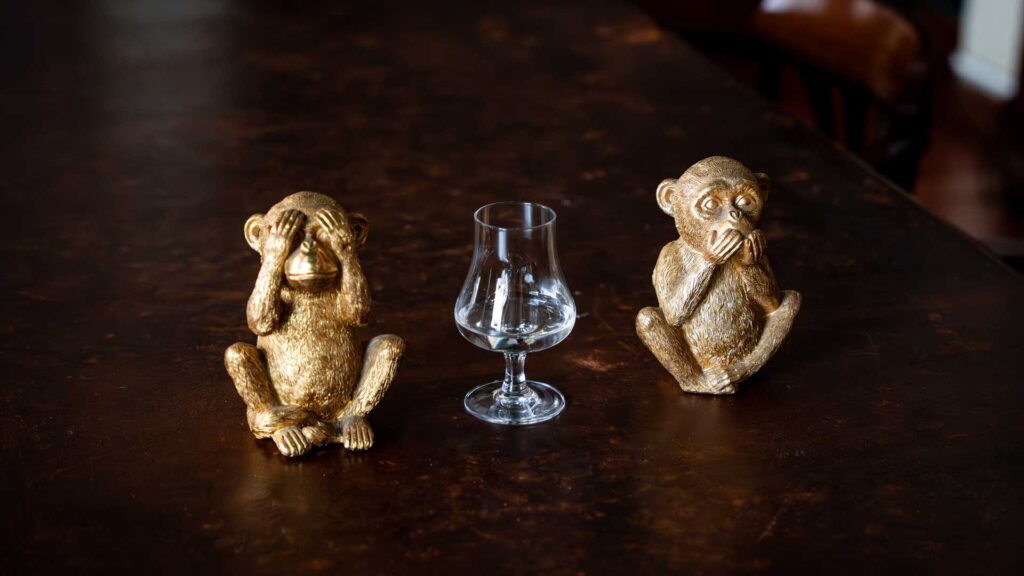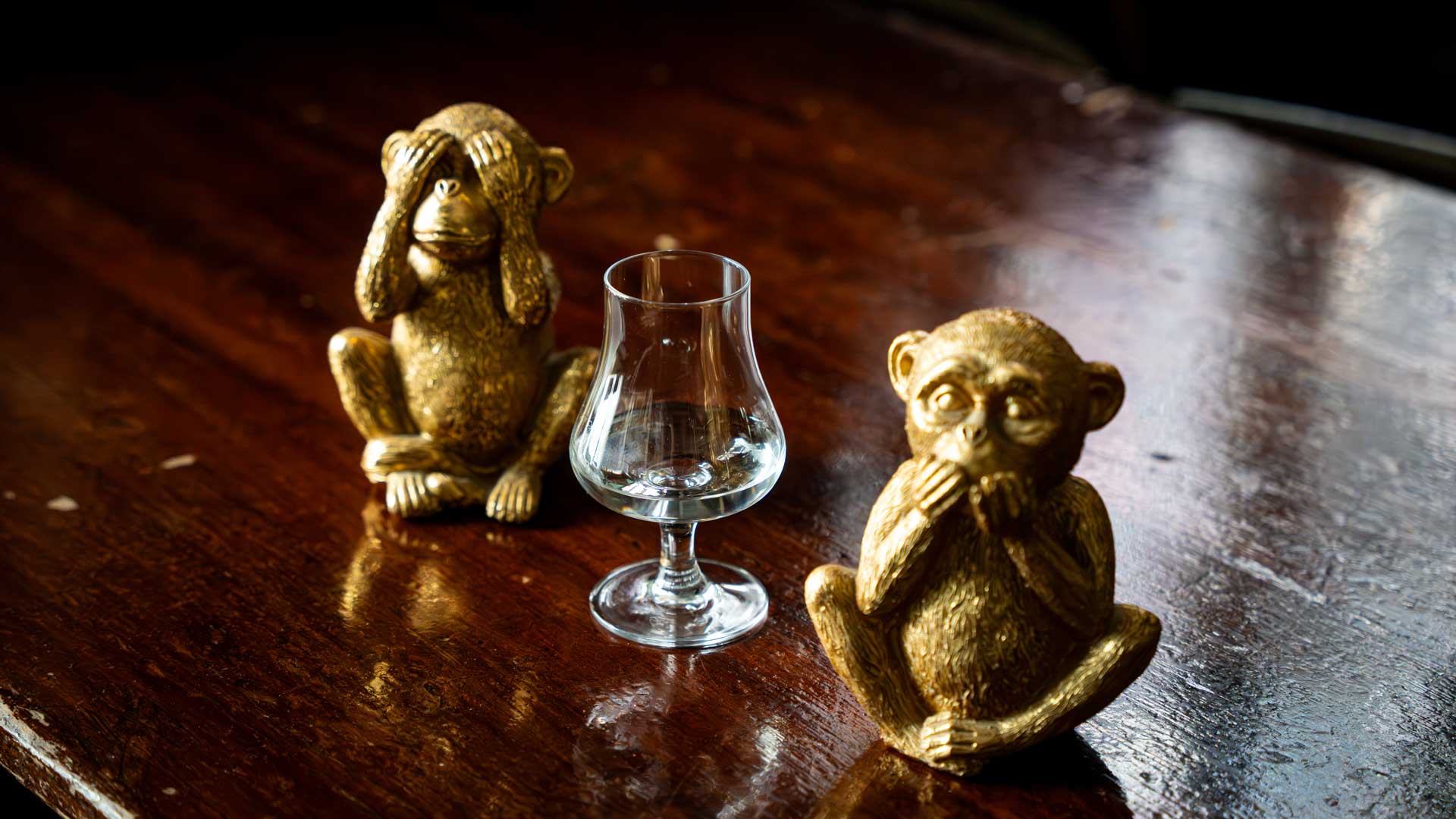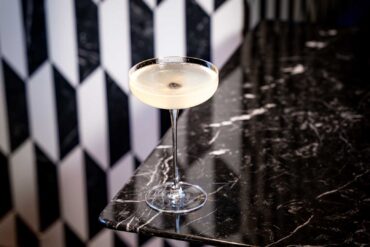Distillation has always been an act of exploration. Dropping botanicals into a still means opening a door onto new aromatic landscapes — unexpected, surprising and sometimes astonishing. Every plant reacts differently to heat, fermentation, and vapor: each experiment is a possibility, each result a small secret revealed.
And yet, alongside this creative instinct, there’s an equally human tendency: to classify, categorize, and fit everything into tidy boxes. Over time, that’s how spirits have been named — vodka, rum, gin — and how others have been bound to their places of origin — Cognac, Tequila. Rules were written, borders drawn, appellations defined.
Nameless Italian Spirits Escape the Rules

Today, the world of spirits is governed by European and international regulations that dictate what a distillate can be, how it must be produced, and, above all, what it can be called. But just beyond these official definitions, a parallel universe exists. It’s a vibrant, daring, often invisible scene. And this universe is quietly expanding: a collection of nameless Italian spirits— legal but unclassifiable. Spirits that don’t fit on a label but speak through the glass, asking only to be tasted.
When Grappa Is Not Grappa
Much like the Supertuscans of the wine world — those rule-breaking reds that emerged in the 1970s, shunning DOC guidelines before becoming icons — these Italian spirits deserve attention. They are ready to be discovered. Take, for example, a distillate produced in Veneto. On paper, it’s every bit a grappa: made from pomace, crafted with meticulous care, separating heads and tails with the precision of a century-old family tradition. But by law, it can’t be called grappa.
Why? Because the pomace comes from American hybrid vines — Vitis labrusca, Vitis riparia, and other crosses introduced to Italy in the late 1800s to combat the phylloxera crisis. For generations, farmers cultivated these grapes in rural countryside plots. Yet since 1936, they’ve been banned from winemaking and commercial sale. And since grappa, by legal definition, must come from Vitis vinifera, this spirit remains outside the lines. Never mind that it’s safe, methanol-free, and of excellent quality — it still has no right to the name. So the producer chose another path: forgoing the official label, openly reclaiming the spirit’s rustic, agricultural roots. A kind of liquid civil disobedience that brings back the lost flavor of the grappas our great-grandparents drank.
The Courage of Nameless Italian Spirits

But it also raises a question: should we sacrifice the memory of a taste just because the law no longer recognizes it? Other secrets come from Sicily — a land ancient and, at the same time, startlingly fertile when it comes to liquid innovation. Here, distillers aren’t working with fruit anymore, but with the green paddles of the prickly pear cactus, typically used as animal feed or compost.
Fermented and distilled, these paddles produce a spirit that’s dry, vegetal, touched with saline and balsamic notes — a sip that tastes of wind and stone, of sun-scorched earth. Since it isn’t made from grain, pomace, grapes, or juniper berries, this spirit fits no official category.And yet it nods toward the world of agave, evoking — spontaneously and indirectly—the profile of certain artisanal mezcals. It’s a spirit with no name, born of the desire to reimagine a native resource in a contemporary way. A product of research, of intuition — and of courage.
The World of Aromatic Spirits
Even gin, perhaps the most experimented-with distillate of our time, is undergoing a quiet transformation. According to EU Regulation 2019/787, a spirit can only be called “gin” if it’s flavored primarily with juniper (Juniperus communis), has at least 37.5% ABV, and presents juniper as its dominant taste.
But many Italian producers are choosing another route. They’ve reduced juniper’s role to make room for local botanicals — rosemary, oregano, mountain pine, wildflowers, citrus. The result? Spirits that taste of the Alps, of Mediterranean gardens, of coastal forests. Gin in technique, but something else in spirit. Legally, they’re “aromatic distillates.” But the makers prefer to call them botanical spirits. Alternative names for alternative spirits. Consumers drink them like gin. Bartenders use them like gin. But they’re softer, more approachable, often lower in alcohol. They’re something different.
Spirits for Easy, Light-Style Cocktails
Once again, Sicily is setting the pace. Some producers have started distilling agave in mezcal style, enriching it with Mediterranean and island botanicals. The result is a fragrant, potent hybrid that doesn’t want to — and can’t — be called gin. And that’s precisely why it belongs among the most fascinating secrets of Italy’s new spirits scene. Then there are the distillates that keep juniper at the center but stop short of the 37.5% ABV required to be legally classified as gin.
These products are often designed for light drinking, served with tonic or soda as a more restrained alternative to the classic Gin & Tonic. Some are true botanical distillates with refined aromatic profiles. Others resemble dry infusions — no sugar, no fortification — halfway between a vermouth and a miniature gin. What they all share is a mission: to deliver bold flavors without demanding too much in terms of alcohol. By law, they’re not gin. But for those who choose them, they represent a new way of drinking. In an era obsessed with regulations and categories, these spirits offer an alternative path. A parallel track, almost clandestine.
Nameless Italian Spirits for the Curious Drinkers
Secret spirits precisely resist definition. They guard minor histories and speak a personal language, one that resonates with those willing to listen. These secrets are tucked away in the barrels of small producers, whispered over the counters of curious cocktail bars, hidden among labels crafted quietly and away from the spotlight. But perhaps their moment has arrived. Because it’s often from what has no name today that the categories of tomorrow are born.
The article first appeared on Coqtail – for fine drinkers. Order your copy here
Images credits of Julie Couder, location Mag La Pusterla







